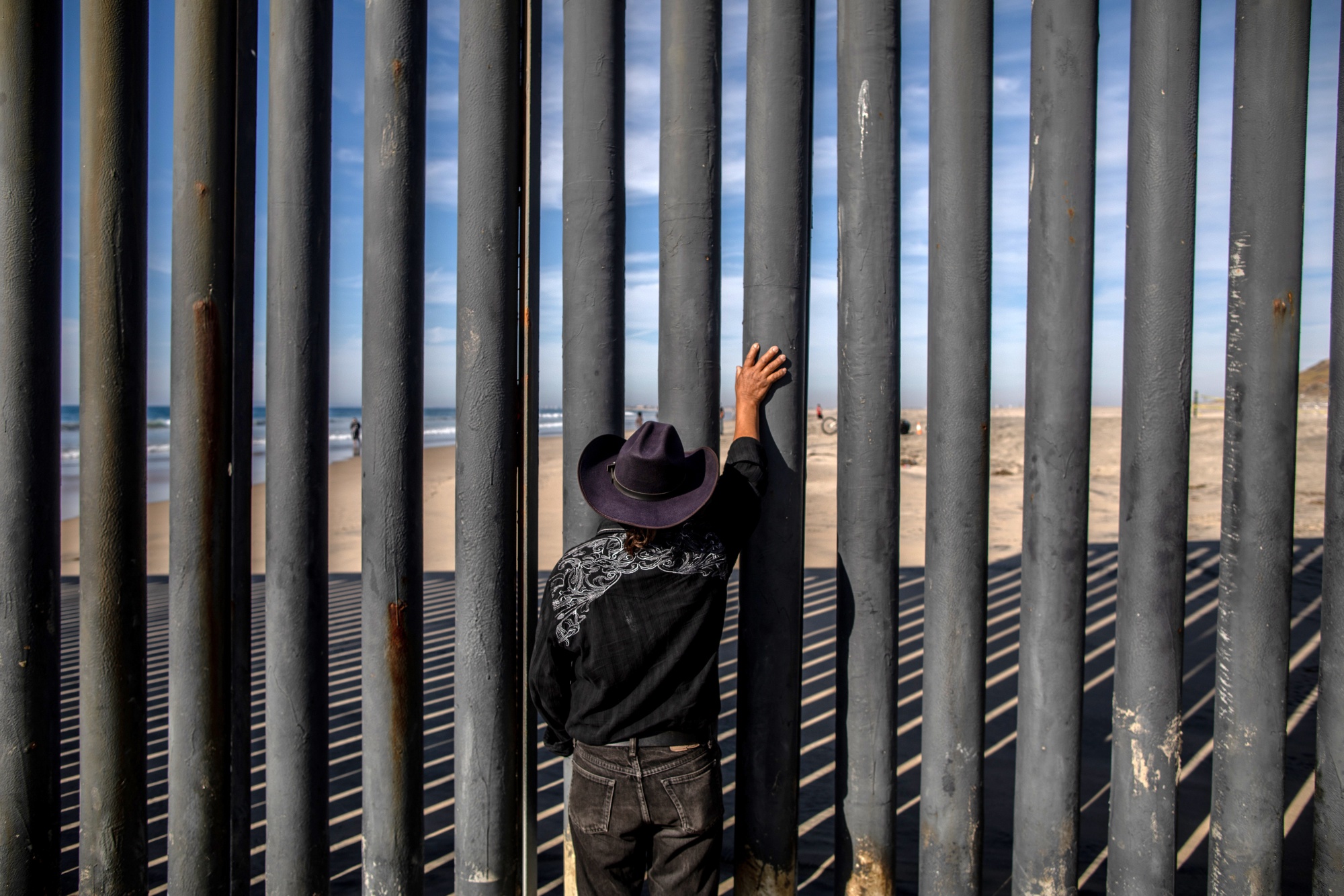The Migrant Protection Protocols (“MPP”) announced by Secretary of the Department of Homeland Security (“DHS”),Kirstjen Nielsen, in December 2018 were initially implemented in January 2019.[1] Recent litigation questioning the legal authority of DHS to implement what has been referred to as the “Remain in Mexico” policy, first resulted in an injunction[2] and then a ruling that the policy can continue to be enforced.[3] The rhetoric used by DHS in the MPP and the subsequent litigation reveals that despite its name, the protocols are designed at fortifying the southern border at the expense of migrant protections.
Migrant Protection Protocols
Secretary Nielsen announced that the DHS would begin to implement Section 235(b)(2)(C) of the Immigration and Nationality Act (“INA”) on a “large-scale basis to address the migration crisis. . .”[4] On January 24, 2019, DHS issued a press release stating, “MPP will help restore a safe and orderly immigration process, decrease the number of those taking advantage of the immigration system, and the ability of smugglers and traffickers to prey on vulnerable populations. . .”[5] The press release went on to explain that this policy would be implemented pursuant to Section 235 of the INA.[6]
Recent Decisions regarding Migrant Protection Protocols
On April 8, 2019, the Northern District of California, issued a preliminary injunction against the enforcement of the Migrant Protection Protocols.[7] Specifically, the court held that the plaintiffs made a strong showing that they would be likely to succeed on the merits of their claim that MPP lacks a legal basis for applying the contiguous territory return provision to their cases.[8] The court went on to state that even if there was a legal basis for the application of the contiguous territory return provision to the plaintiffs involved, the plaintiffs were able to show that they were more likely than not to be successful in claiming that MPP does not have sufficient protection to avoid refoulement under Article 33 of the United Nations 1951 Convention.[9]
On May 7, 2019, the Ninth Circuit Court of Appeals stayed the preliminary injunction pending the appeal.[10] While the panel of three ultimately agreed that a stay was appropriate, the substance of their opinions varied. From a desire for efficient administration of immigration law at the border and honoring agreements with the Mexican government to the belief that DHS’ policy not to ask migrants whether they fear persecution in Mexico was irrational and that the government’s reading of the statute was new and clearly wrong, the judges agreed to a stay on widely varied grounds.[11]
The Future of Asylum Law in the United States
President Trump has proposed four main changes to the way asylum cases are handled in the United States. First, Trump has proposed a fee for asylum applications.[12] Trump has also proposed to end the work authorization that is currently allowed six months after an asylum seeker files an asylum application.[13] The President has also proposed two new regulations affecting the immigrations courts and how they process asylum cases, creating asylum-only immigration courts on an accelerated basis.[14]
The language employed in the MPP Press Release suggesting that such protocols will “reduce the number of aliens taking advantage of U.S. law and discourage false asylum claims”[15] falsely leaves the reader with the impression that the majority of migrants fleeing their country in search of a better life and an opportunity to survive are nothing more than illegal immigrants launching fraudulent asylum claims to take advantage of the United States. While some of Trump’s proposals to process cases more quickly might actually help migrants reach a resolution in their case and more stable immigration status more quickly, rushed court proceedings, fees, and the inability to work does not serve to protect the most vulnerable asylum-seekers.[16]
- U.S. Immigration and Customs Enforcement, Policy Guidance for Implementation of the Migrant Protection Protocols 1 (Jan. 25, 2019). ↑
- Innovation Law Lab v. Nielsen, 366 F. Supp. 3d 1110, 1110 (N.D. Cal. 2019). ↑
- Innovation Law Lab v. McAleenan, No. 19-15716, 2019 WL 2005745, at *4 (9th Cir. 2019). ↑
- U.S. Immigration and Customs Enforcement, Policy Guidance for Implementation of the Migrant Protection Protocols 1 (Jan. 25, 2019). ↑
- Press Release, U.S. Dep’t of Homeland Security, Migrant Protection Protocols (Jan. 24, 2019) https://www.dhs.
gov/news/2019/01/24/migrant-protection-protocols. ↑
- Id. ↑
- Innovation Law Lab v. Nielsen, 366 F. Supp. 3d at 1114. ↑
- Id. at 1126. ↑
- Id. at 1126-27. ↑
- Innovation Law Lab v. McAleenan, No. 19-15716, 2019 WL at *4. ↑
- Id. ↑
- Aaron Reichlin-Melnick, Trump Wants to Make These 4 Disastrous Changes to the Asylum System, Immigration Impact (May 1, 2019), http://immigrationimpact.com/2019/05/01/trump-wants-4-changes-asylum-system/. ↑
- Id. ↑
- Id. ↑
- Press Release, U.S. Dep’t of Homeland Security, Migrant Protection Protocols (Jan. 24, 2019) https://www.dhs.
gov/news/2019/01/24/migrant-protection-protocols. ↑
- Aaron Reichlin-Melnick, Trump Wants to Make These 4 Disastrous Changes to the Asylum System, Immigration Impact (May 1, 2019), http://immigrationimpact.com/2019/05/01/trump-wants-4-changes-asylum-system/. ↑


